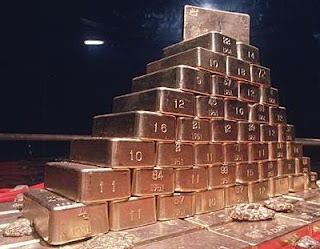Look up at the sky on a clear, starry night. What you see is part of the universe. You could never see all of the universe. No one even knows whether the universe has an edge or if it goes on forever. The universe contains all matter and energy. The universe holds all space and time. You are a part of the universe. The universe includes everything there is.
Earth and all the planets in our solar system make up just a tiny part of the universe. Billions of other stars like our Sun all form a group called the Milky Way Galaxy. With telescopes we can see billions of other galaxies. Galaxies are in turn clumped together in enormous groups called clusters and superclusters. There are at least 100 billion that’s 100,000,000,000 galaxies in the universe. The universe is a big place!

The universe holds many strange things, such as exploding stars. It holds great clouds of gas and dust where new stars form. It also holds black holes. Black holes have a pulling force called gravity. Gravity is the force that holds you to the ground and makes things fall when you drop them. Black holes suck in all the matter around them. The gravity of black holes is so strong that nothing, not even light, can escape.
Astronomers think there is even more matter in the universe than we can see. The matter we see makes up gas, dust, galaxies, stars, and planets. Astronomers think there is a type of invisible matter that they call dark matter. They think there may be a lot more of this mysterious dark matter in the universe than there is regular matter that we can see.
Astronomers also think the universe holds a strange substance that they call dark energy. They don’t know much about dark energy except that it seems to make the universe expand.
Many astronomers think the universe began about 14 billion years ago. They think it suddenly exploded into being. They call this beginning the big bang. All space and time began with the big bang. With a special telescope, astronomers can see radiation left over from the big bang. They call this cosmic background radiation.
The big bang theory says that the universe was hotter than you can even imagine at the moment it began. The universe started to fly outward, or expand. As it expanded, it started to cool. Tiny particles that would make up matter started to form. All of this happened in just a few minutes.
When the universe was about 1 million years old, it had cooled to about 5900° Fahrenheit (3300° Celsius). This temperature was still scorching, but it was cool enough that tiny bits of matter called atoms started to form. All the objects around you the computer, the floor, the air are made of atoms. The hot atoms gave off rays of light. The universe was like a huge, hot fireball.
Over millions of years, the force of gravity pulled gas and dust together. Stars and galaxies formed from clumps of gas and dust. The stars began to shine. Our Sun and our solar system formed about 4.6 billions years ago.
Rays of light travel across the universe. Even though light travels extremely quickly, it takes light millions or billions of years to travel from galaxies far away. When astronomers see light from the most distant galaxies they know the light is “old.” They know they are seeing the galaxies as they were billions of years ago.
Astronomers want to know what will happen to the universe. They think it is still expanding. In fact, the universe seems to be expanding faster and faster as time goes on. Many astronomers think the universe will go on expanding forever. If it keeps on expanding, everything in the universe will eventually grow cold. Billions of years in the future even the stars will stop shining.














